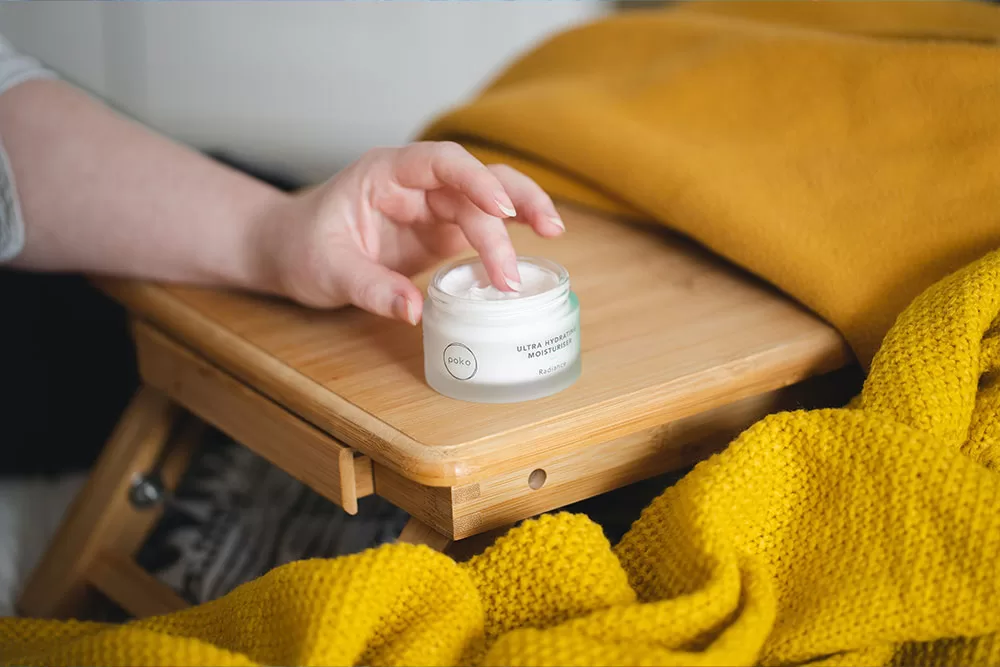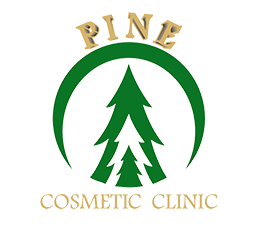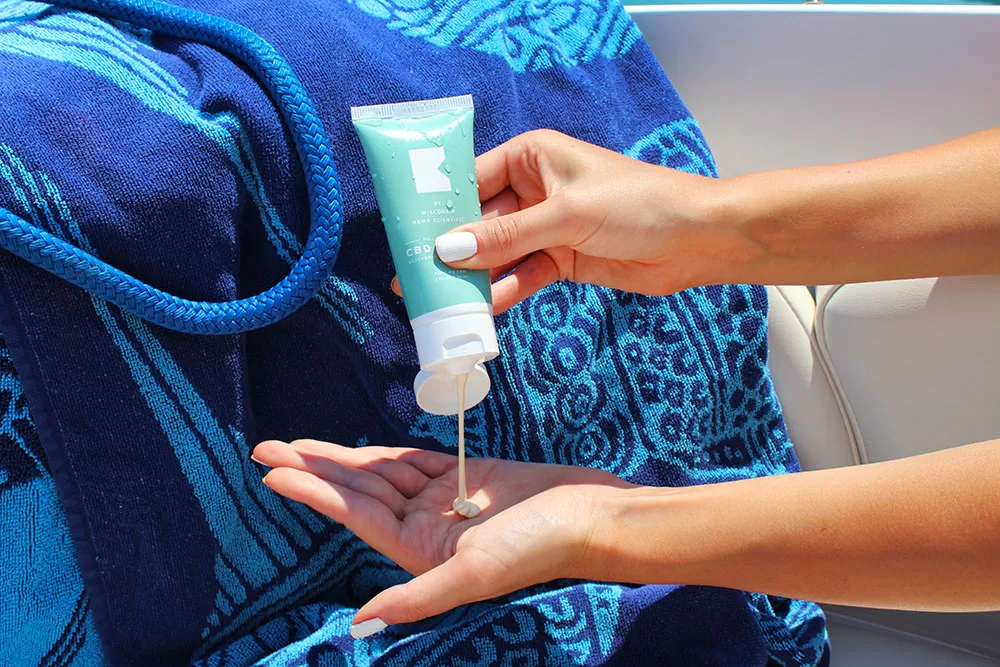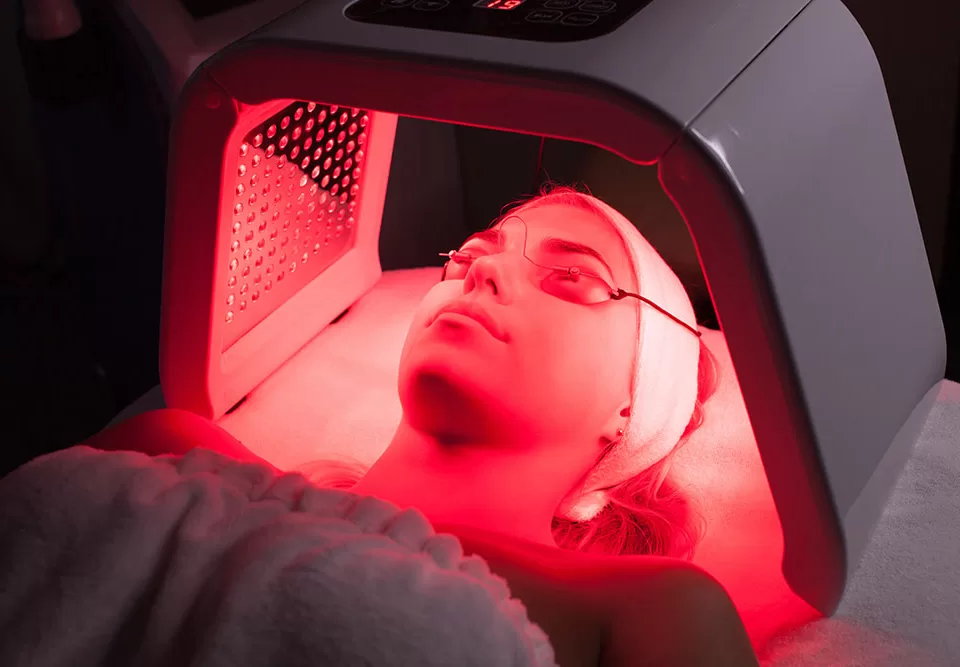
How to Build a Skin Care Routine – NYTimes
December 12, 2022The ultraviolet radiation in sunlight has both positive and negative health effects, as it is required for the synthesis of vitamin D3 and is a mutagen. A dietary supplement can supply vitamin D without this mutagenic effect, but supplementation offers limited bioavailability and no synthesis of subdermal nitric oxide. Vitamin D has been suggested as having a wide range of positive health effects, which include strengthening bones and possibly inhibiting the growth of some cancers. UV exposure also has positive effects for endorphin levels, and possibly for protection against multiple sclerosis. Abundant visible light to the eyes gives health benefits through its association with the timing of melatonin synthesis, maintenance of normal and robust circadian rhythms, and reduced risk of seasonal affective disorder.
Long-term sunlight exposure is known to be associated with the development of some types of skin cancer, skin aging, immune suppression, eye diseases such as cataracts and maybe macular degeneration. Conversely, long-term sun avoidance is associated with increased all-cause mortality and increased mortality risk from cardiovascular disease (CVD) and non-CVD/noncancer related disease.
Since UV rays, and therefore sunlight and sunlamps, are carcinogens that also have health benefits, a number of public health organizations state that there needs to be a balance between the risks of having too much sunlight or too little. There is a general consensus that sunburn should always be avoided.
Risks to skin
Ultraviolet (UV) irradiation present in sunlight is an environmental human carcinogen. The toxic effects of UV from natural sunlight and therapeutic artificial lamps are a major concern for human health. The major acute effects of UV irradiation on normal human skin comprise sunburn inflammation erythema, tanning, and local or systemic immunosuppression. The most deadly form, malignant melanoma, is mostly caused by indirect DNA damage from UVA radiation. This can be seen from the absence of a direct UV signature mutation in 92% of all melanoma. UVC is the highest-energy, most-dangerous type of ultraviolet radiation, and causes adverse effects that can variously be mutagenic or carcinogenic.
Despite the importance of the sun to vitamin D synthesis, it is prudent to limit the exposure of skin to UV radiation from sunlight and from tanning beds. According to the National Toxicology Program Report on Carcinogens from the US Department of Health and Human Services, broad-spectrum UV radiation is a carcinogen whose DNA damage is thought to contribute to most of the estimated 1.5 million skin cancers and the 8,000 deaths due to metastatic melanoma that occur annually in the United States. The use of sunbeds is reported by the World Health Organization to be responsible for over 450,000 cases of non-melanoma skin cancer and over 10,000 cases of melanoma every year in the U.S., Europe, as well as Australia. Lifetime cumulative UV exposure to skin is also responsible for significant age-associated dryness, wrinkling, elastin and collagen damage, freckling, IGH, age spots and other cosmetic changes. The American Academy of Dermatology advises that photoprotective measures be taken, including the use of sunscreen, whenever one is exposed to the sun. Short-term over-exposure causes the pain and itching of sunburn, which in extreme cases can produce more-severe effects like blistering.
Several countries (such as Australia) provide public forecasts of UV irradiation in the form of the UV Index. The index can be used as a guide to the public of dangers from over-exposure to sunlight, especially around noon, when direct sunlight is at its most intense.



